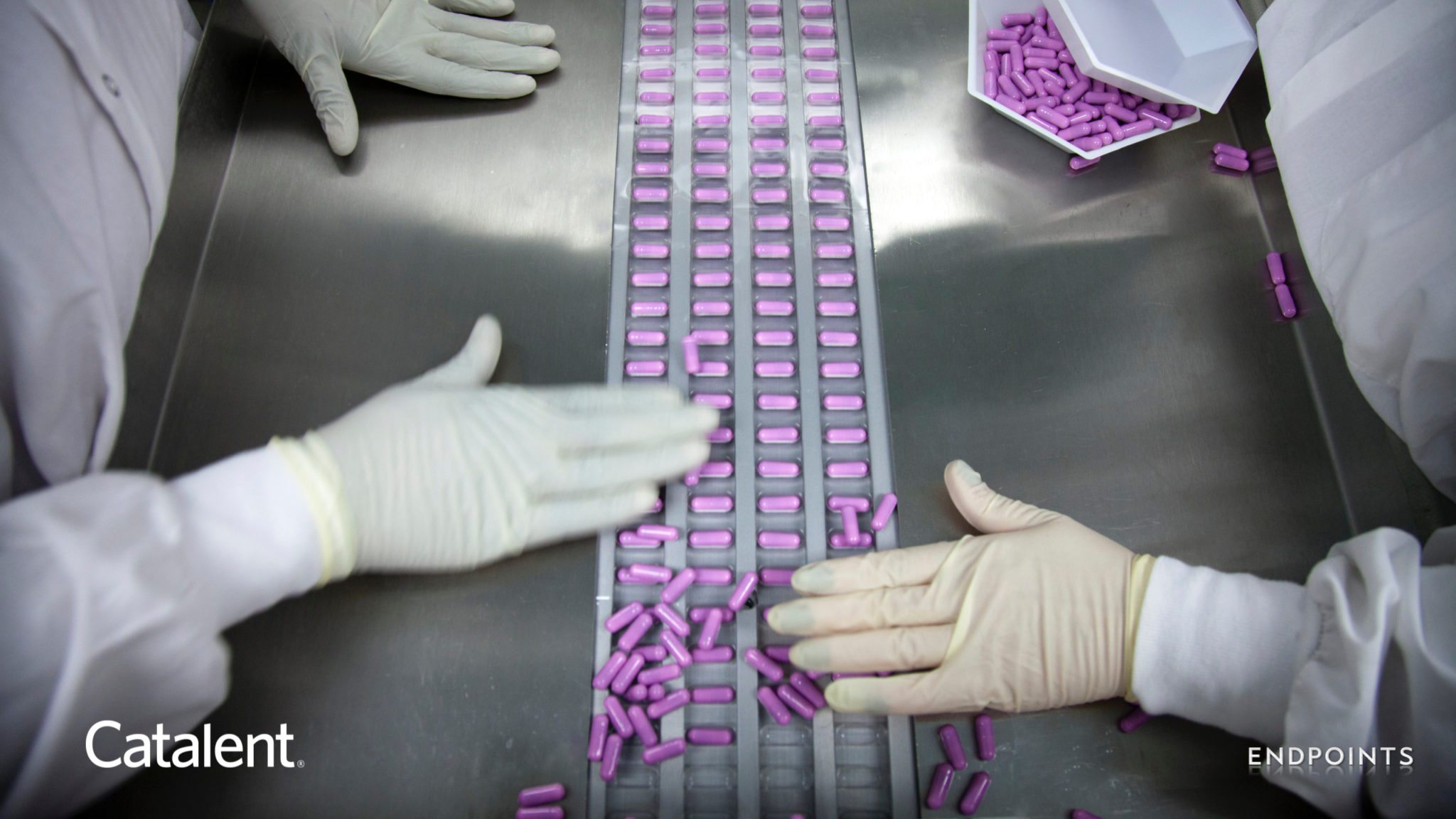
Planning a clinical supply program? Don’t overlook primary packaging.
Image courtesy of Catalent Pharma Solutions © 2017 Catalent, Inc. All rights reserved
When planning a clinical trial, primary packaging — the materials that come into direct contact with the study drug — may not seem like a big priority for drug development executives. And that would be a mistake.
As we’ll learn, packaging and presentation is crucial to study success. Drug stability, regulatory strategy, and patient-centered design are just some of the factors to consider. In this Deep Dive, we talked with scientific experts at contract development and manufacturer Catalent and explored these questions:
- How does packaging change from small phase I trials to large multi-center phase III efforts?
- What are the best packaging strategies to achieve longer stability?
- What are the differences between the US and Europe for expiry dates on packaging?
- Can you best source comparator therapies without being charged a fortune?
- How can developers best package for adherence?
Planning a clinical supply program? Keep reading for answers to these questions and many more.
Sign up to read this article for free.
Get free access to a limited number of articles, plus choose newsletters to get straight to your inbox.
